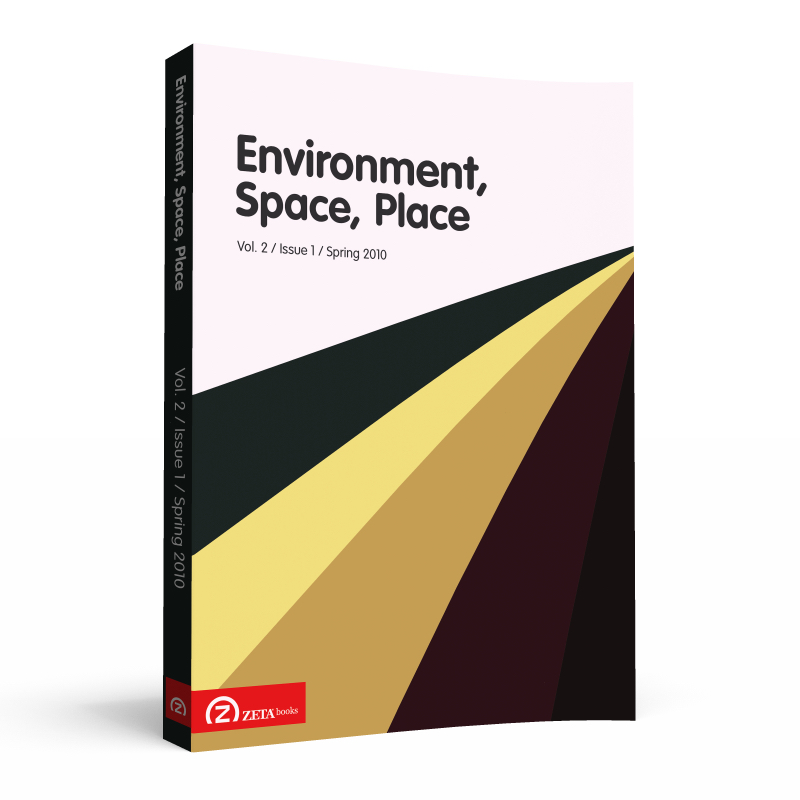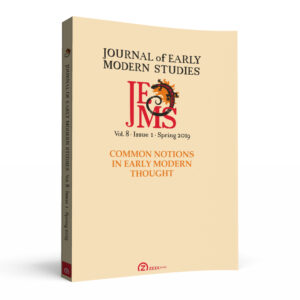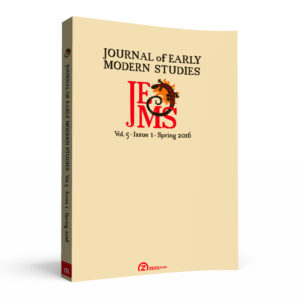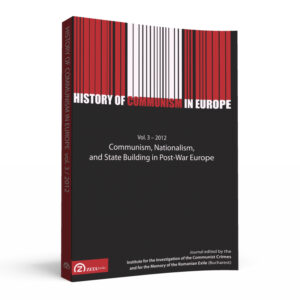CONTENTS
Wolfgang W. FUCHS, Remote Control
- This article investigates three technological developments that are related to spatial determinations and that influence behavior in both the public and the private spheres of life. Examined are the changing relative size of movie screens and their venues, the seeming conflicting dynamic of entertainment and communication screens in the private sphere both increasing and decreasing in size, and the influence of action-at-a-distance technology.
Tracey NICHOLLS, Crossing into Lawlessness: Thoughts on Airplane Travel and State Power
- This article examines the post-9/11 policing of points of entry and transfer at US airports and the ways these points become “forbidden places” to those deemed undesirable, in order to expose the ambiguity of forbiddenness with respect to place. It uses Michel Foucault’s theory of biopolitics to argue that the War on Terror has created a class of expendable non-persons whose legal identities (citizenships) are not acknowledged and Giorgio Agamben’s analysis of “the camp” as a metaphor for the spaces in airports that are neither entirely inside nor outside a national jurisdiction. This discussion takes place, in part, through the case study of suspected terrorist Maher Arar, arguing that his case shows the displacement of our sense of prohibition, away from spaces and onto persons.
Christine M. PETTO, Mapping Forbidden Places and Places of the Forbidden in Early Modern London and Paris
- In seventeenth- and eighteenth-century London and Paris, growing numbers of poor alarmed notables and city officials who would come to view a policy of confinement as an appropriate social, economic, religious, and political solution. This work examines the motivations of patrons to support these institutions (called hospitals). In particular, this study looks at their support for the construction (or renovations) of chapels (e.g. chapel at La Salpêtrière and the chapel at the Lock Hospital) and their visitations to these hospitals. Vagrants, beggars, prostitutes, and idlers of other sorts healthy or not were confined not necessarily for their health but for their souls and for the social order of the city. The locations of these hospitals indicate a geographical isolation not only in their “placement” outside the city walls but even in the Christian charitable rhetoric or visitations by benefactors that emphasized their separateness. “Unclean livers” or destitute beggars were put on view so that the morally upright who patronized these institutions could view for instructional purposes and could be viewed for purposes of salvation, but remained as separate nonetheless. Great masses and grand sermons were heard in the chapels that adorned these institutions, but a clear policy of segregation existed that kept the godly patrons separate from the “polluted.”
Tom CONROY, Culturally ‘Doped’ or Not?: On Ethnomethodology, Critical Theory and the Exegesis of Everyday Life Practices
- Everyday life as a sociological/philosophical concept is widely considered to be both a familiar and yet taken-for-granted subject matter for analytic investigation. In considering the works of three leading scholars, Michel de Certeau, Harold Garfinkel, and John Fiske, one can look toward possible referents to this term. Starting with Certeau’s critical semiotics of the everyday, with its emphasis on such distinctions as place and space as well as strategies and tactics, the everyday can be theorized in terms of contrasts between discourse and practice. Similarly, with Garfinkel’s ethnomethodological emphasis on the practical actor and Fiske’s ethnographic and cultural studies emphasis on local meaning, the everyday can be conceptualized in terms of distinctions between lived order and a theorized version of the everyday. By examining the approaches of these three scholars as well as drawing upon a visual examination of everyday urban scenes, the article concludes with an affirmation of a multi-conceptual and methodological approach to the everyday and with recognition of the everyday as a signifier loaded with a multitude of possibly overlapping meanings.
Wendelin KÜPERS, ‘Inter~Place’— Phenomenology of Embodied Space and Place as Basis for a Relational Understanding of Leader- and Follow-ship in Organisation
- Based on insights of phenomenology, this article aims to contribute to a comprehensive understanding of embodied space and place of and for leader- and followership in organisations. From an inter-relational perspective, the “spacing” and implacement of leadership and followership will be interpreted as local-historical and as local-cultural processes. Linked to questions of distance of leadership, embodied face-to-face interaction will be critically compared with distant, non-localised, displaced relationships and tele-presence mediated by information and communication technology. In addition to outlining some links to “potential space” and place-responsiveness by concluding some implications, problems and perspectives on research of embodied space and place for leadership in organisation are discussed.
Eliot TRETTER, The Internality of Scale
- Recently, a shadow has been cast over how geographical scale has been theorized. Neil Brenner has argued that scale risks becoming a empty concept because it has been conflated with other terms in geography such as place, region, and space; Marston, Jones, and Woodward have proposed doing away with scale altogether; while Wood has accused geographers of having a “scale fetish.” The following article defends the theory of scale against these various detractors and attempts to become a bulwark to support the many contributions that geographers have made to effectively characterizing the socio-spatial world. I outline four ways of understanding geographical scale: measurement, size, hierarchy, and relation. I then argue for an understanding of scale that is relational because I believe it provides the most adequate language to characterize how geographers have come to understand the social ontology of the spatial world. Moreover, I set out to show how the relational description of scale, complements other research on scale, which has shown the importance of scale in the production of geographical difference and uneven social relations. Hence, the understanding of scales relationally, allows for people to have relative positions in the world. Finally, I speculate on two implications that the understanding of scale relatively has for characterizing the effects of globalization: 1) the possibilities that this understanding has for confronting a dominant tenant in the ideology of neoliberalism; 2) the promise that it offers for forms of political resistance.
David MACAULEY, Head in the Clouds: On the Beauty of the Aerial World
- The sky proclaimed Emerson is “the daily bread of the eyes.” Despite the apparent truth of this observation, we often fail to appreciate the complex canopy of air above and around us in considerations of environmental aesthetics and ecological awareness. I examine the sky and aerial phenomena that are bound to, closely allied with, or materially emergent from, this ocean of blue. In the process, I develop a perspective for thinking about some of the aesthetic characteristics and dimensions of this realm. I show that understanding and appreciating the sky must attend to features related to ephemerality, protean colors, the lack of a clear and definite frame, and other non-anthropogenic qualities. I pay particular attention to explorations of horizontally-mobile clouds and, for the sake of contrast, vertically-originating snow by painters, poets, and philosophers who are able to express imaginative components of these phenomena and to reveal or vivify aspects that complement or complete the more realistic descriptions provided by natural scientists. The always-accessible and ever-fluctuating beauty of the sky offers the potential for deepening our daily experiences of and encounters with the elemental world in which we are sensually immersed and physically embedded. It also helps to offer an indirect rationale for respecting and protecting this vital other-than-human sphere.






